Unilever Case study: Making Purpose Pay
The article below is a case study form Unilever.
PURPOSE OR SUSTAINABILITY
WHAT'S IN A NAME?
There is a lot of talk today about brands with purpose, or sustainable brands, or meaningful brands. The number of descriptions people use is exceeded only by the different interpretations people give them. Some simply mean brands that support a charity or, say, use natural' ingredients. At the other extreme, people set up whole companies whose sole purpose is to do good'. With so many terms in use, it helps to put some definition behind the terminology.
At Unilever we are in the business of helping people to live well and live within the natural limits of the planet, so we talk about sustainable living and sustainable living brands'. For us that means helping to bring about greater social equity and inclusiveness and helping people to:
improve their health, nutrition and wellbeing
reduce their environmental impacts
choose products that are better for them, society and the environment.
Purpose and productThe concept of purpose-driven' brands is not new. Among our own brands, Lifebuoy and Ben & Jerry's have had a social or environmental purpose at their heart since they were founded. But in today's complex and interconnected world, having a powerful purpose is not enough. Brands must look at their impacts up and down the value chain and across the public domain. For example, they cannot do social good while harming the planet or improve the lives of consumers while ignoring the working conditions of the people who make them.
That is why our definition of a sustainable living brand is one that:
has a clear purpose that, over time, helps to tackle a social or
environmental issue or cause
produces products that reduce their environmental footprint and/or
improve health and wellbeing or livelihoods.
In Unilever that means sustainable living brands make a positive difference to society and, ultimately, to our company purpose: Making sustainable living
